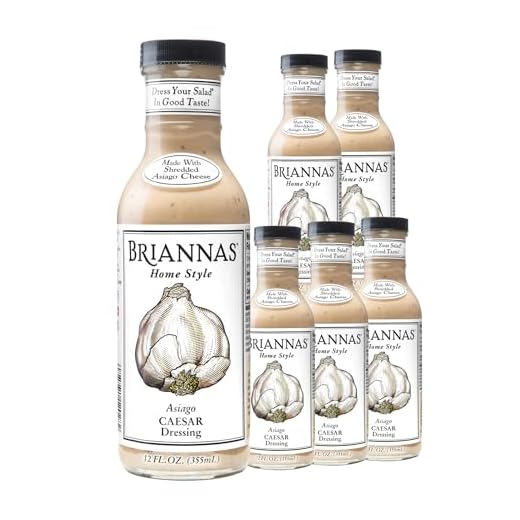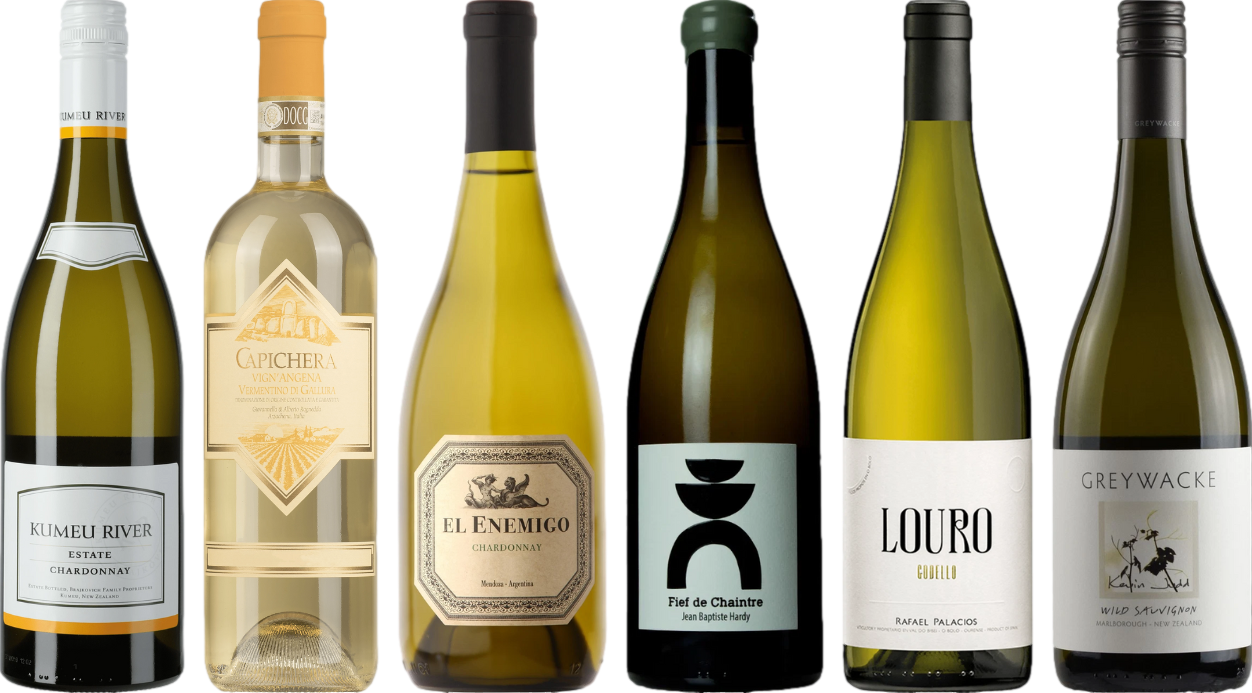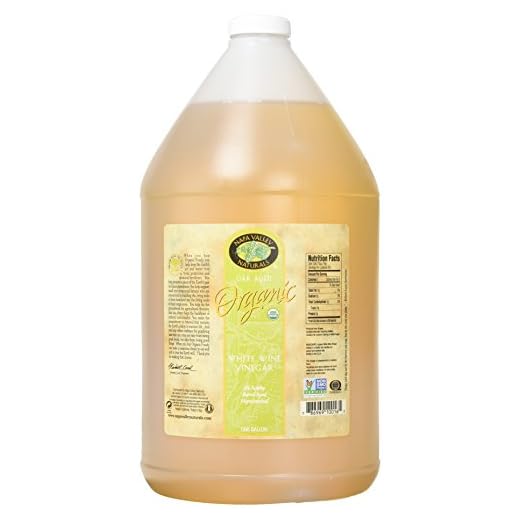



This tangy liquid is a fantastic addition to your culinary repertoire. It enhances the flavor profile of dressings and marinades, making salads come alive with a zesty punch. Combine it with olive oil and your favorite herbs for a simple yet flavorful vinaigrette that elevates any dish.
In the kitchen, it shines as a key ingredient in pickling processes. Vegetables marinated in this acidic solution develop an irresistible tang, perfect for adding crunch to sandwiches or serving as a delightful side dish. Experiment with different spices and herbs to create your own signature pickles.
This versatile ingredient also acts as a natural tenderizer for meats. When used in marinades, it helps to break down tough fibers, resulting in juicy and flavorful dishes. Pair it with garlic, citrus, or soy sauce for a marinade that packs a punch.
Beyond cooking, this liquid has practical applications for cleaning. Its acidity makes it an effective agent for cutting through grease and grime. Combine it with water for an eco-friendly cleaning solution that leaves surfaces sparkling.
In summary, incorporating this fermented grape product into your daily cooking and cleaning routines can enhance flavors and provide practical benefits. Whether you’re dressing a salad or tidying up your kitchen, its utility is undeniable.
Applications of This Acidity Source
Enhancing salad dressings is a prime application. A splash mixed with olive oil creates a refreshing vinaigrette, perfect for drizzling over greens or roasted vegetables. The tartness balances rich flavors, making it a favorite among culinary enthusiasts.
Marinades benefit significantly from this ingredient. Combine it with herbs, garlic, and spices to create a zesty mixture ideal for chicken, fish, or vegetables. The acidity tenderizes proteins while infusing them with flavor, elevating any dish.
Flavorful Reductions
Creating reductions is another exciting use. Simmering this tangy liquid with shallots and stock results in a delicious sauce that pairs wonderfully with meats. The reduction intensifies the flavor, offering a sophisticated touch to your culinary creations.
Pickling and Preserving
Preserving fruits and vegetables through pickling is an excellent way to utilize this acidic liquid. Combine it with sugar and spices to create a sweet-and-sour brine that enhances the natural flavors of the ingredients while extending their shelf life.
Enhancing Salad Dressings with White Wine Vinegar
Incorporating this tangy liquid into your salad dressings elevates flavors and adds depth. Start with a simple emulsion: mix three parts oil with one part of this acidic liquid. This balance creates a refreshing base for various dressings.
Flavor Combinations
Experiment with combinations like Dijon mustard and honey for a sweet and tangy profile. Adding minced garlic or shallots can introduce savory notes. Fresh herbs such as basil or dill can enhance the overall taste, providing a burst of freshness.
Marinades and Beyond
Besides dressings, this ingredient works wonders in marinades. Combine it with olive oil, garlic, and spices to create a marinade for vegetables or proteins. Letting your ingredients soak for at least an hour allows flavors to meld beautifully.
Using White Wine Vinegar in Marinades for Meat
Incorporating this tangy liquid into your meat marinades elevates flavor profiles significantly. Its acidity tenderizes proteins while enhancing taste, making it an ideal choice for various meats.
Marinade Recipe Ideas
- Basic Marinade: Combine 1/4 cup of this vinegar with 1/4 cup of olive oil, minced garlic, and your choice of herbs (such as rosemary or thyme). This mixture is perfect for chicken or pork.
- Citrus Twist: Mix 1/4 cup of this acidic liquid with the juice of one lemon and a tablespoon of honey. This bright marinade works wonderfully with fish and seafood.
- Spicy Kick: Blend 1/4 cup of this vinegar with soy sauce, minced ginger, and a splash of sesame oil. Ideal for beef or lamb, this combination adds depth and heat.
Tips for Effective Marinading
- Marinate for at least 30 minutes but aim for a few hours for deeper flavor absorption.
- Avoid using metal containers, as they can react with the acid. Glass or ceramic is preferred.
- Balance acidity with sweetness or fat to create a well-rounded flavor.
The versatility of this ingredient allows for endless experimentation in the kitchen. Utilize it to transform ordinary dishes into culinary delights, enhancing both flavor and tenderness in your meat preparations.
Incorporating White Wine Vinegar in Cooking Grains
To elevate the flavor and texture of grains, add a splash of this acidic liquid during or after cooking. It enhances the overall dish by providing a bright, tangy note that complements the natural nuttiness of grains like quinoa, farro, or rice.
Cooking Techniques
Incorporate it into the cooking water for rice or quinoa. Use about one tablespoon per cup of water. This small addition will infuse the grains with a subtle acidity, enhancing their flavor profile. For pilafs, try sautéing aromatics in olive oil, then add the grains and a splash of the acidic liquid before adding the liquid for cooking; this will create depth and complexity.
Finishing Touches
Once grains are cooked, drizzle a bit of the acidic liquid over them while fluffing with a fork. This not only brightens the dish but also helps to separate the grains, preventing them from becoming mushy. For salads featuring grains, mix it into the dressing to create a harmonious balance with other ingredients.
Experiment with different varieties to discover how they can transform your grain dishes into something exceptional. Each type offers a unique flavor profile, allowing for versatile culinary applications.
Cleaning and Deodorizing with White Wine Vinegar
For an effective natural cleaner, combine equal parts of this acidic liquid and water in a spray bottle. This mixture works wonders on countertops, kitchen appliances, and bathroom surfaces, cutting through grime and leaving a fresh scent. Spray the solution, let it sit for a few minutes, then wipe away with a clean cloth.
To tackle stubborn odors in your refrigerator, place a small bowl filled with this liquid inside. It neutralizes unpleasant smells, keeping your fridge smelling fresh without the use of harsh chemicals.
For fabric freshening, mix a cup of this tart liquid with a cup of water and use it in the rinse cycle of your laundry. It helps eliminate odors from clothing and linens, leaving them smelling clean and crisp.
To clean glass surfaces, use a solution of this product and water in a 1:1 ratio. Wipe with a microfiber cloth for streak-free shine, making windows and mirrors sparkle.
For a deeper clean in your bathroom, pour a cup of this liquid into the toilet bowl, let it sit for about 30 minutes, and scrub with a toilet brush. This method effectively removes stains and disinfects the bowl.
This versatile ingredient can also help combat hard water stains on faucets and showerheads. Soak a cloth in it, wrap it around the affected area, and leave it for an hour before rinsing. It will dissolve mineral deposits and restore shine.
Incorporating this liquid into your cleaning routine not only enhances cleanliness but also contributes to a more pleasant living environment, free from artificial fragrances and harsh chemicals.
Enhancing Sauces with White Wine Acidity
Incorporating this tangy liquid into your sauces can elevate flavors significantly. It introduces a balanced acidity that complements rich ingredients, making it an ideal addition to various recipes.
Practical Applications
- Deglazing: After sautéing meats or vegetables, pour a splash into the pan. This technique lifts browned bits, incorporating them into the sauce for deeper flavor.
- Balancing Cream Sauces: When crafting creamy sauces, a dash of this acidic liquid cuts through richness, enhancing taste and preventing heaviness.
- Marinara and Tomato Sauces: Adding a small amount brightens the overall flavor profile, providing a pleasant contrast to the inherent sweetness of tomatoes.
- Enhancing Gravies: Incorporate it into gravies for roasted meats. The acidity brightens flavors, making the dish more vibrant and appealing.
Recipe Tip
For a flavorful reduction sauce, combine equal parts broth and this vinegar in a saucepan. Simmer until reduced by half, then finish with butter for a luxurious texture. This method works beautifully with meats like beef, and you can find a great recipe for brisket here.
Experimenting with this ingredient in your sauces will lead to delightful surprises and improved culinary creations. Enjoy the journey of flavor enhancement!
Utilizing White Wine Vinegar in Pickling Recipes
Incorporating this tangy liquid into your pickling methods enhances flavor and preserves ingredients effectively. The acidity from this solution provides a balanced tartness that complements a variety of vegetables, fruits, and even proteins.
To create a simple pickling brine, combine equal parts of the acidic liquid and water, then add sugar and salt to taste. A basic recipe might look like this:
| Ingredient | Amount |
|---|---|
| Acidic liquid | 1 cup |
| Water | 1 cup |
| Sugar | 2 tablespoons |
| Salt | 1 tablespoon |
| Spices (e.g., peppercorns, mustard seeds, garlic) | to taste |
Heat the mixture until the sugar and salt dissolve, then pour it over your prepared vegetables in a jar. Allow them to cool before sealing and refrigerating. The result will be crispy, flavorful pickles ready to elevate salads, sandwiches, or charcuterie boards.
Experimenting with different herbs and spices can customize the flavor profile further. Dill, bay leaves, and chili flakes are excellent choices to add depth to your pickling brine.
After a few days in the fridge, the flavors meld beautifully, creating a delicious, tangy accompaniment that adds a special touch to any dish.
FAQ:
What are the culinary uses of white wine vinegar?
White wine vinegar is commonly used in cooking for a variety of purposes. It serves as an excellent ingredient for salad dressings, providing a tangy flavor that complements many greens and vegetables. Additionally, it can be used to deglaze pans after sautéing meats, helping to lift the flavorful bits from the bottom of the pan. White wine vinegar is also effective in marinades, where it helps to tenderize meat and infuse it with additional flavor. Overall, its versatility makes it a popular choice among home cooks and chefs alike.
Can white wine vinegar be used for pickling?
Yes, white wine vinegar is a great choice for pickling various vegetables. Its mild flavor and acidity help preserve the vegetables while enhancing their taste. When pickling, it is often mixed with water, sugar, and spices to create a balanced brine. Common vegetables for pickling with white wine vinegar include cucumbers, onions, and peppers. The result is a deliciously tangy snack or condiment that can brighten up many dishes.
Is there any health benefit to using white wine vinegar?
White wine vinegar may offer some health benefits, primarily due to its acetic acid content. Some studies suggest that acetic acid can help regulate blood sugar levels and improve digestion. Additionally, vinegar may have antimicrobial properties, which can be beneficial for food preservation. However, it’s important to use it in moderation, as excessive consumption can lead to digestive issues or enamel erosion on teeth. Always consult with a healthcare professional if you have specific health concerns.









